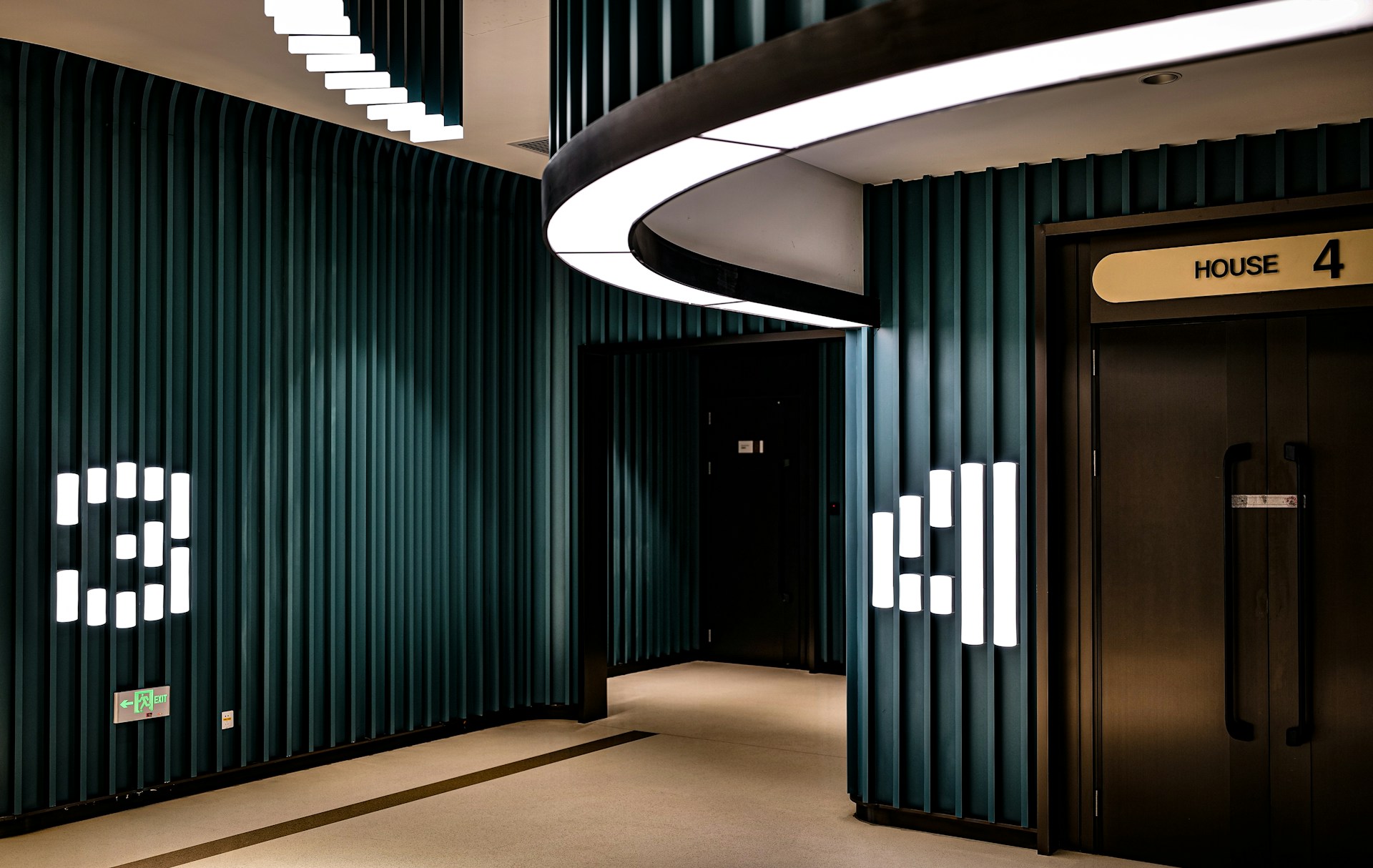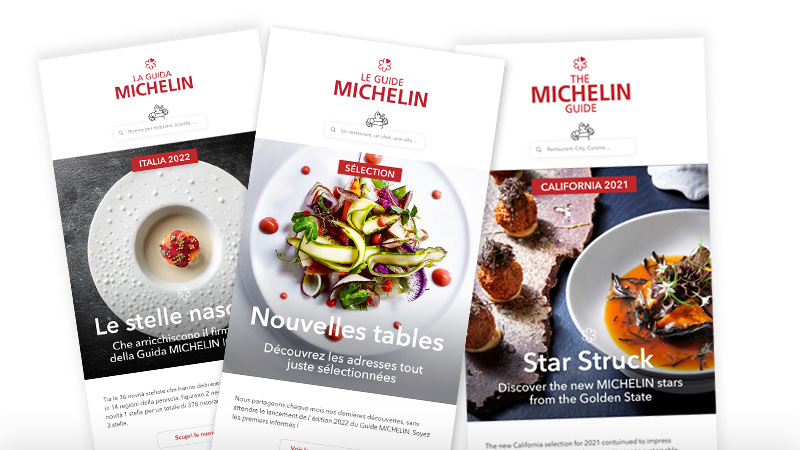Switching Costs: How to Design a Business That’s Agile, Not Anchored

Every business depends on relationships — between companies and customers, software and users, suppliers and systems. But relationships come with friction, and in business strategy, that friction is known as switching cost: the time, money, or emotional effort required to change from one product or provider to another.
Switching costs are everywhere. When you hesitate to cancel your streaming subscription because your playlists or preferences would disappear, that’s a switching cost. When a company stays with a software vendor despite rising prices because integration would be painful, that’s a switching cost too.
It’s a force that creates loyalty through inertia. For companies, it’s tempting to design products that make it hard for customers to leave. For customers, it’s what keeps them tied to ecosystems long after the initial appeal fades.
But switching costs don’t just affect customers, they affect the companies, too. Businesses built on inflexible systems or one-way contracts often find it just as hard to adapt when markets shift. The very mechanisms that lock customers in can also anchor companies down.
In an economy defined by volatility, agility, not entrapment, is becoming the ultimate competitive advantage.
Why Switching Costs Matter More Than Ever
The concept of switching costs dates back decades, but it’s more relevant today than at any time in modern business. As technology evolves at breakneck speed, entire industries are being redefined by how easily customers and companies can move between platforms.
In digital markets, where competition is only a click away, switching costs shape everything from pricing power to innovation. Companies with high switching costs, like Apple’s ecosystem, enjoy recurring revenue and customer stickiness. Once a user buys an iPhone, the seamless integration with iCloud, AirPods, Apple Watch, and iMessage creates an ecosystem that’s difficult to exit. That interconnection keeps churn rates remarkably low. This explains why Apple’s iPhone retention is up to 94%.
But this same stickiness has a dark side. When switching costs are too high, users may feel trapped rather than loyal. That emotional fatigue can erode brand goodwill over time. As consumer expectations for openness and interoperability grow, forced loyalty is increasingly seen as manipulation, not strength.
For founders, understanding this balance is critical. Switching costs can protect revenue in the short term but limit flexibility in the long run. Companies that build agility into their DNA, both technically and culturally, are better equipped to pivot, integrate, and thrive in fast-changing markets.
The Upside and Downside of Switching Costs
The Upside
From a business standpoint, switching costs create stability. They reduce churn, boost lifetime value, and make customer acquisition investments more profitable. Subscription-based models rely on this logic. When Adobe moved from one-time software purchases to monthly subscriptions in 2013, revenue became predictable, and profits soared. Customers found it easier to stay than to leave, after all, their files, workflows, and team licenses were all connected.
High switching costs can also buy companies time. They give room to fix bugs, evolve products, and cross-sell new features without fearing instant abandonment. In saturated markets, this buffer can be a lifeline.
The Downside
But over-reliance on switching costs can backfire. When customers feel trapped, they stop advocating for your brand. They stay, but reluctantly. In behavioral economics, this is known as passive loyalty, a fragile state where customers remain only because the exit is too painful.
Worse, companies often anchor themselves in their own systems. When you build complex, proprietary tech that no one else can connect to, your customers aren’t the only ones who can’t switch; you can’t either.
Consider BlackBerry’s fall. For years, the company’s secure, closed ecosystem was its strength. But when smartphones shifted toward open platforms, BlackBerry couldn’t pivot quickly enough. Its commitment to a self-contained system, once a moat, became a cage. By the time it opened its platform, the market had moved on.
In short, switching costs that protect you today can paralyze you tomorrow. The companies that survive aren’t those that eliminate switching costs, but those that design around flexibility.
Case Studies
Apple – The Ecosystem Masterclass
Apple has perfected the art of strategic switching cost. The iPhone, Mac, and iPad share an ecosystem that makes moving away painful, but not oppressive. Apple invests heavily in creating positive lock-in, where customers stay because integration improves convenience and quality.
Services like iCloud, AirDrop, and the App Store make Apple devices work better together, but they don’t completely wall users off. Apple allows limited interoperability; apps like Apple Music are available on Android, and iCloud can be accessed from any browser. This balance sustains loyalty without alienation.
Netflix – Reinventing Before It’s Too Late
Netflix faced its own switching dilemma when streaming competition surged. Rather than depending solely on its user base, Netflix invested in original content, making itself indispensable. Shows like Stranger Things and The Crown became platform anchors that redefined its value proposition.
By shifting from distributor to creator, Netflix reduced its dependence on third-party licenses and kept switching costs emotional rather than technical. Users stay because they love the stories, not because they can’t leave.
Adobe – Subscription Success, Customer Friction
Adobe’s transition to Creative Cloud is often cited as a successful switch. Revenue tripled over the decade following the change. Yet many users resent the lack of ownership and recurring costs, as seen in vocal backlash across creative communities.
The move locked users into subscriptions but also increased friction for independent artists and small studios. While profitable, Adobe’s strategy highlights the importance of balancing accessibility with stability.
BlackBerry – The Cost of Rigidity
BlackBerry’s failure underscores the danger of equating control with strength. Its closed operating system and proprietary messenger service, once competitive advantages, became fatal weaknesses. The company’s inability to adapt quickly to Android and iOS ecosystems sealed its fate. When the world switched, BlackBerry couldn’t. Its switching costs became its doom.
Designing a Business That’s Agile, Not Anchored
Agility doesn’t mean chaos, it means designed flexibility. Founders who build businesses that adapt to change rather than resist it gain an edge in uncertain markets. Here’s how to design for agility in the age of switching costs:
1. Build on Open Standards
Avoid over-customization that ties you to single vendors or technologies. Open APIs, interoperable data formats, and modular systems make it easier to pivot when market or customer needs shift. The rise of cloud-native tools and low-code platforms reflects this evolution.
2. Design for Portability
Just as data portability empowers consumers, operational portability empowers companies. Whether it’s your customer data, cloud infrastructure, or talent strategy, design with exit in mind. If your product depends on a single integration, you’re vulnerable.
3. Create Positive Switching Costs
Not all switching costs are bad. The key is to make them value-based rather than restriction-based. Customers should stay because your ecosystem enhances their experience, not because leaving feels impossible. Think convenience, not captivity.
4. Stay Culturally Flexible
Organizational agility comes from mindset as much as structure. Encourage experimentation and fail-fast learning. As Amazon’s Jeff Bezos once said, “Our success is a function of how many experiments we do per year, per month, per week, per day.” Rigidity kills responsiveness.
5. Anticipate Future Switches
Plan for market pivots before they happen. Build financial and technical buffers that allow reinvention. Netflix’s early bet on streaming and later on content creation exemplifies proactive adaptation. Waiting until switching becomes necessary is often too late.
Conclusion: Build to Move, Not to Stay
In a world of accelerating change, the question isn’t whether customers will switch, it’s whether your company can.
Switching costs are a double-edged sword: they protect value but threaten evolution. Businesses that anchor themselves in outdated systems or coercive models risk being left behind by those that design for adaptability.
The future belongs to agile builders, companies that understand loyalty comes from value, not confinement; that openness, not control, drives long-term success.
If you want your business to last, don’t design it to hold people in. Design it to move with them.
Read - Data Portability and Ownership: Who Really Owns Your Customer Data?

square.jpg)










